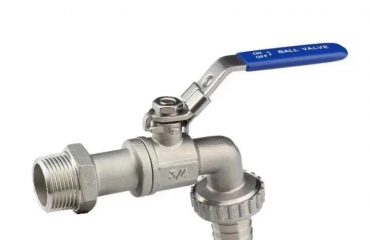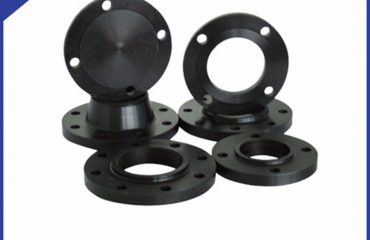
To properly seal a threaded flange connection, it is important to follow a few key steps to ensure a tight and secure seal. Here is a step-by-step guide on how to properly seal a threaded flange connection:
Before starting the sealing process, make sure to thoroughly clean the threads on both the flange and the pipe. Use a wire brush or a thread cleaning tool to remove any dirt, debris, or corrosion that may be present. This will help ensure a proper seal between the two components.Once the threads are clean, apply a thread sealant to the male threads of the pipe. There are various types of thread sealants available, such as tape, liquid, or paste sealants. Choose a sealant that is compatible with the material of the flange and pipe.
Carefully screw the flange onto the pipe, making sure to align the threads properly. Use a wrench to tighten the connection, but be careful not to over-tighten as this can damage the threads or cause the sealant to be squeezed out.
After the flange connection is assembled and tightened, check for any leaks by pressurizing the system or conducting a leak test. Look for any signs of leakage around the connection and tighten the flange further if necessary. If there are still leaks present after tightening the connection, you may need to apply additional sealant to the threads. Make sure to disassemble the connection, clean the threads, and reapply the sealant before reassembling the flange.
It is important to properly torque the threaded flange connection to ensure a secure seal. Refer to the manufacturer’s specifications for the recommended torque values for your specific flange and pipe material. Over-tightening can cause damage, while under-tightening can lead to leaks.Once the connection is properly torqued, inspect the seal for any signs of leakage. Ensure that the flange connection is tight, secure, and leak-free before putting the system into operation.
By following these steps, you can properly seal a threaded flange connection and prevent leaks or other issues from occurring. Remember to always use the correct sealant, clean the threads thoroughly, and properly torque the connection for a reliable and secure seal.
 Language
Language Espanol
Espanol English
English Italian
Italian عربى
عربى
 Skype: chinamaker99
Skype: chinamaker99  Tel: 86-316-5120812
Tel: 86-316-5120812 Email:
Email:  Whatsapp:
Whatsapp: 
